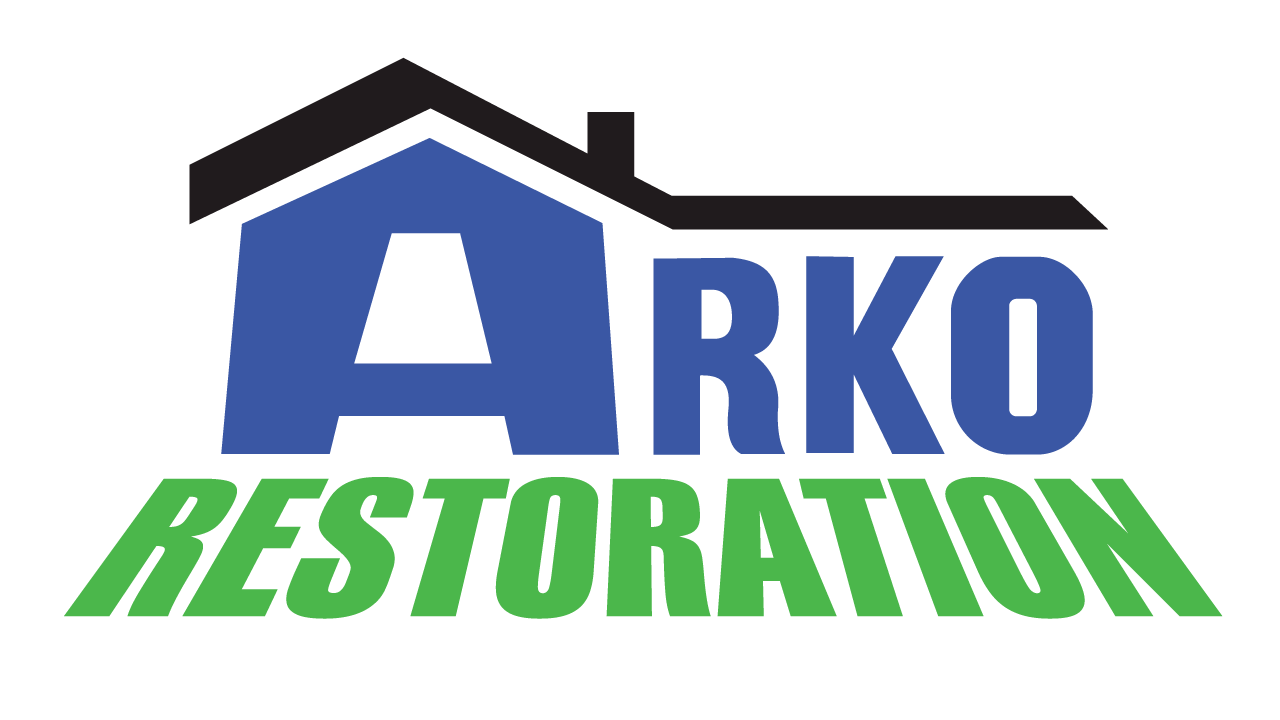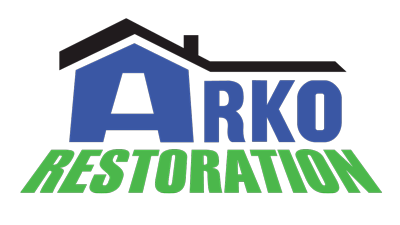Fire and Water Damage: How Extinguishing a Kitchen Fire Can Lead to Water Damage
Statistically, the part of your Twin Cities home or business where a fire is most likely to break out is the kitchen. Because open flames and numerous electrical appliances are often used when cooking, all it takes is one accident for a blaze to start.
When a kitchen fire breaks out, your immediate concern will be extinguishing the inferno before it has a chance to spread. Unfortunately, this can lead to further damage being inflicted by the water used to suppress the fire. Continue reading to learn how extinguishing a kitchen fire can result in both fire and water damage, and what to do next if such an incident occurs in your home or place of business.
Water Damage Caused by Suppressing a Kitchen Fire
Water is often relied on to extinguish fires, particularly in homes, where more advanced fire suppression equipment is rarely present. When a pan full of oil catches fire, most people’s first instinct is to throw a pot of water on it or, if the blaze has spread, to grab the nearest hose or portable fire extinguisher. Unfortunately, any of these fire suppression solutions can result in water damage to your house or workplace in the Twin Cities area. Though handheld fire extinguishers may spray a variety of solutions, many of them use water-based chemical solutions that can be harmful to your building.
Areas of your kitchen and adjacent rooms that are most likely to suffer water damage when you suppress a fire include:
- Floors and Subfloors – Whether it’s dumped from a bucket, sprayed from a hose or deployed from sprinklers, water will seep into the flooring of your kitchen. All types of floors, from wood to tile to carpet, can suffer severe damage from water, causing them to warp out of shape and possibly resulting in mold growth. Water may even seep into the subfloors beneath, causing a deterioration in structural integrity.
- Walls and Insulation – Unfortunately, drywall is very absorbent, so using water to suppress a fire can easily lead to water damage in the wall behind the stove or wherever the fire started. Beyond the immediate damage to the wall, dampened insulation is likely to grow mold, which can be a health hazard to your home or business. Water damage to walls is usually not as immediately visible as damage to floors and ceilings, but will appear in the months or years to come.
- Ceilings – When a kitchen fire is extinguished on an upper floor of a commercial building, water can seep through the floor into the ceiling beneath. Water damage to the ceiling of a kitchen can also occur if water sprays the ceiling while the fire is being suppressed. When a ceiling suffers water damage, unsightly stains will appear and the ceiling will be weakened, placing it at risk of collapse.
- Kitchen Appliances & Other Belongings – Using water to extinguish a fire often results in water damage to kitchen appliances such as toasters and microwaves. Other belongings and furniture in adjacent rooms can also suffer water damage.
Seeking Professional Fire & Water Damage Restoration in the Twin Cities
Even if you manage to quickly suppress a kitchen fire, it’s likely that your property has sustained both water and fire damage. Your next move should be to call a fire and water damage restoration company in the Twin Cities metro to mitigate this damage as soon as possible. An experienced restoration contractor will know all the areas where fire and water damage are likely to occur and bring the proper tools and solutions to minimize the impact on your home or business.
At Arko Restoration, we provide comprehensive water and fire damage restoration solutions to our residential and commercial customers in the Twin Cities metro. Reach out to us today if you need help to remediate the damage after a kitchen fire in your home or business.


